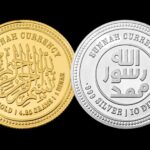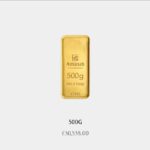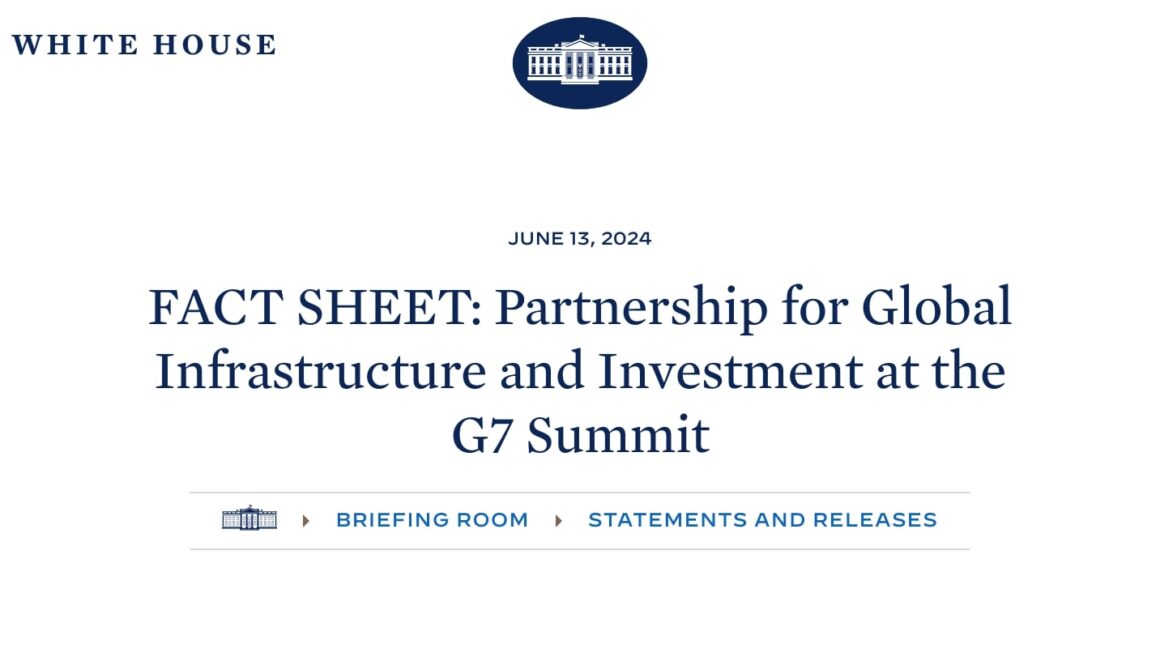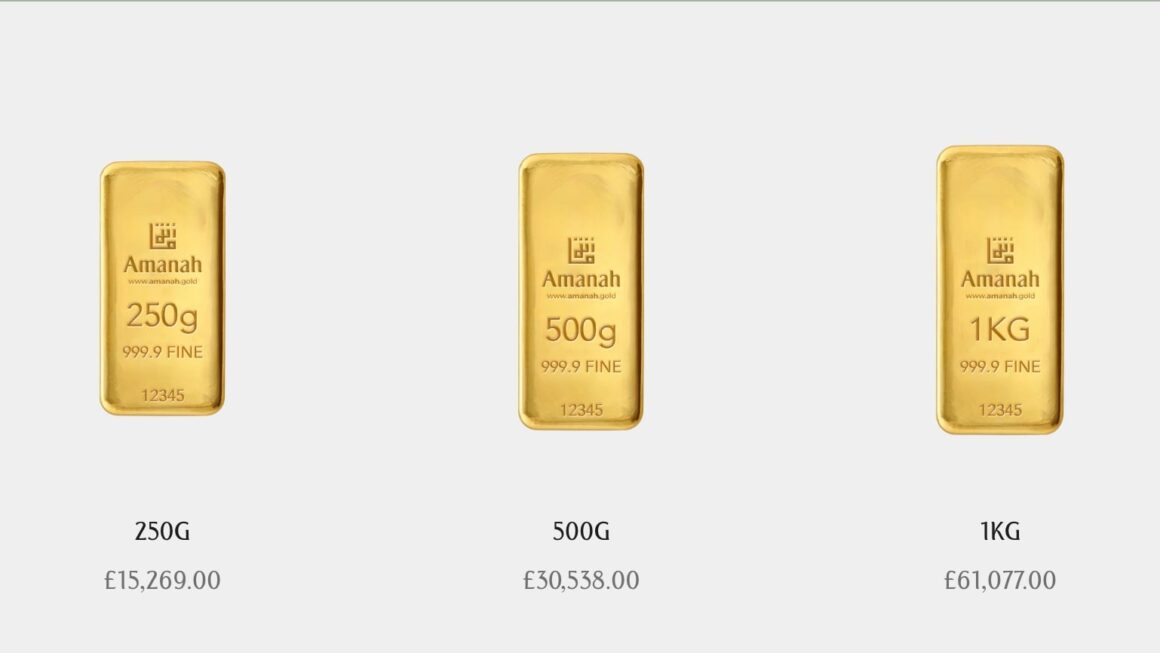Gold has long been a valuable and highly sought-after commodity, and recent news suggests that central banks worldwide are taking notice. In February alone, global central banks added 52 tons of gold to their reserves, marking the eleventh consecutive month of net purchases. This trend has not gone unnoticed by people around the world, and for good reason. In this article, we’ll take a closer look at why central banks are buying gold, what this trend means for the global economy, and how investors can capitalise on this exciting opportunity.
Why are Central Banks Buying Gold?
To understand why central banks are buying gold, it’s important to first understand the role that gold plays in the global economy. Gold is a highly valued and versatile precious metal that has been used as a form of currency and a store of value for thousands of years. Unlike fiat currencies, which can be subject to inflation and devaluation, gold has a finite supply and has historically held its value over time.

For central banks, gold represents a form of reserve asset that can provide a hedge against inflation and economic uncertainty. By adding gold to their reserves, central banks can diversify their holdings and reduce their reliance on other currencies, such as the US dollar. Additionally, gold can provide a sense of stability and confidence in the financial system, which is especially important during times of economic turmoil.
The Global Trend of Central Banks Buying Gold
The trend of central banks buying gold has been steadily increasing over the past decade. In 2010, central banks were net sellers of gold, but by 2019, they had become net buyers, with total purchases reaching 650 tons for the year. This trend has continued into 2021, with the eleventh consecutive month of net purchases in February.

“According” to the World Gold Council, the top ten central banks with the largest gold reserves are:
- United States – 8,133.5 tons
- Germany – 3,363.6 tons
- Italy – 2,451.8 tons
- France – 2,436 tons
- Russia – 2,295.4 tons
- China – 1,948.3 tons
- Switzerland – 1,040 tons
- Japan – 765.2 tons
- India – 695.3 tons
- Netherlands – 612.5 tons
What Does this Trend Mean for the Global Economy?
The trend of central banks buying gold has several implications for the global economy. First and foremost, it suggests that central banks are increasingly concerned about inflation and economic uncertainty. By diversifying their reserves with gold, central banks can mitigate the risks associated with holding large amounts of other currencies.
Additionally, the trend of central banks buying gold can have an impact on the price of gold itself. As demand for gold increases, the price is likely to rise, making it a potentially lucrative investment opportunity for investors who want to capitalise on this trend.
How Can Investors Capitalise on this Trend?
For investors looking to take advantage of the trend of central banks buying gold, there are several options to consider. One of the most straightforward ways to invest in gold is to purchase physical gold, such as gold bars or coins. However, this can be an expensive and impractical option for many investors.
Another option is to invest in gold exchange-traded funds (ETFs), which allow investors to gain exposure to the price of gold without actually owning physical gold. ETFs can be bought and sold like stocks and are often a more cost-effective way to invest in gold.
Finally, investors can consider investing in gold mining companies. As the price of gold rises, mining companies may see increased profits, which can lead to potentially large gains for investors.
Conclusion
The trend of central banks buying gold is a significant development that has caught the attention of people around the world. By diversifying their reserves with gold, central banks are taking steps to protect against inflation and economic uncertainty. For investors, this trend presents an exciting opportunity to capitalise on the potential rise in the price of gold.
While there are several ways to invest in gold, it’s important to conduct thorough research and consider the potential risks and rewards before making any investment decisions. With careful consideration and a well-informed approach, investors can potentially benefit from this exciting trend in the global economy.
FAQs
- What is the significance of central banks buying gold?
- Central banks are diversifying their reserves and protecting against inflation and economic uncertainty.
- How long has the trend of central banks buying gold been going on?
- The trend has been steadily increasing over the past decade, with 11 consecutive months of net purchases as of February 2021.
- Which central banks have the largest gold reserves?
- The top ten central banks with the largest gold reserves are the United States, Germany, Italy, France, Russia, China, Switzerland, Japan, India, and the Netherlands.
- How can investors take advantage of this trend?
- Investors can consider purchasing physical gold bars from Sunnah Currency and have them vaulted away from their local governments over-reach, secure, safe in a tax-haven and accessible at all times from where ever you are in the world.
Please visit our vaulting services to learn more about this service.














